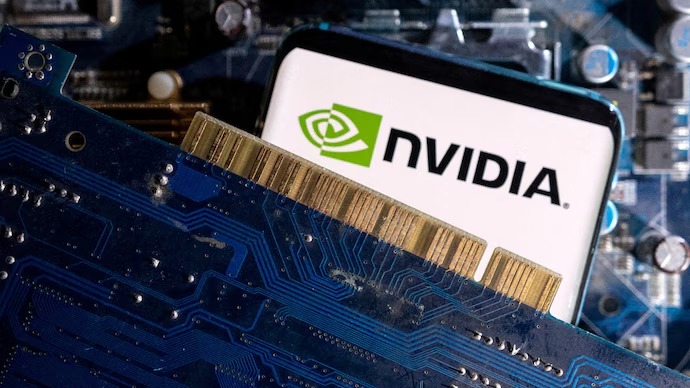 Image Source: India Today
Image Source: India Today
Nvidia is going all out to hold onto its position in the profitable Chinese AI market, unveiling a restructuring of its H20 chip and creating new China-bound AI silicon to meet enhanced US export controls. The strategic shift comes after the latest restrictions by the US government have taken a $5.5 billion toll on Nvidia's Chinese business, stalling even previously approved chips such as the H20.
Chip Redesign in Wake of US Restrictions:
Nvidia has notified top Chinese clients-Aliaba, Tencent, and ByteDance-that it will be altering the architecture of its H20 AI chip to conform to new US export controls. The firm seeks to provide an early prototype of the redesigned chip in June so that it remains available to China without violating US regulations.
Blackwell AI Chips Tailored to China:
In addition to the H20, Nvidia is also designing a version of its next-generation Blackwell AI chip specifically for China. The new chip will be designed to provide strong AI performance without violating the constraints imposed by US export regulations. The step is regarded as essential for Nvidia to preserve relationships with leading Chinese technology companies and protect a market that contributes about 20% of its data center business.
Financial and Strategic Stakes:
The US export restriction on cutting-edge chips such as the H20 compelled Nvidia to review its China plan, with the firm issuing a warning of a $5.5 billion hit to revenue. In spite of this setback, Nvidia's speedy adjustment attests to its commitment to meeting Chinese demand for artificial intelligence and high-performance computing.
Broader Industry Impact:
Nvidia's move is a testament to the increasing impact of geopolitics on the global semiconductor market. As US-China tech tensions mount, chipmakers are forced to walk a tighter tightrope between regulatory compliance and market access, fueling innovation in product design and business strategy.
Nvidia's nimble response not only protects its China business from regulatory shocks but also provides a new playbook for tech giants maneuvering the treacherous seas of US-China tech competition.
Sources: Times of India, Reuters, Techovedas
Advertisement
Advertisement





